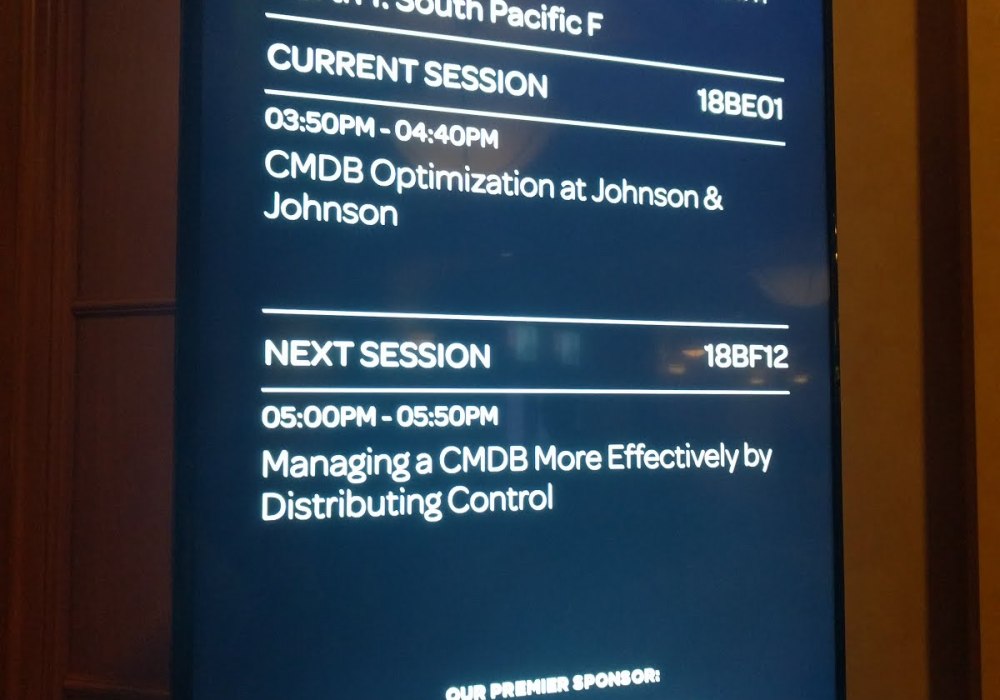Got to go to University of Iowa for the 2015 CIC CIO Tech Forum. My part of the presentation was on how we took qualitative research methods and paired them with agile development methods in order to make rapid and significant improvements to a service that serves about two dozen of the three dozen IT service providers on University of Michigan campuses.
The official abstract:
Creating a Collaborative Foundation for IT
The University of Michigan’s IT Strategic Plan envisions effective collaboration amongst the 35 IT service providers on campus. Campus IT asked for enterprise-calibre Service Management platform without enterprise-calibre complexity. We responded with the IT Service Provider Toolkit. This presentation will provide an overview of the approach used to define, build and deliver Service Management concepts in a straightforward and simple approach.
Our mantra from the very beginning has been, “keep it simple,” or as it is now known, “tickets without complexity.” We will describe our approach to rapid requirements-gathering and development that allowed us to deliver the initial “base package” within 120 days and supports onboarding new units in under 100 hours of effort. We will discuss the longer-term view of where this is headed, as well as how we think this supports upcoming changes in managing the IT landscape (such as BYOD).
Fostering a collaborative environment across the diverse culture and IT needs in a higher education atmosphere has its challenges. We will share some of what we learned and how creating the idea that each unit, school or college is an IT Service Provider among a community of peers opened new ways of thinking about old problems.
It’s no Wolverine, but… 🙂














